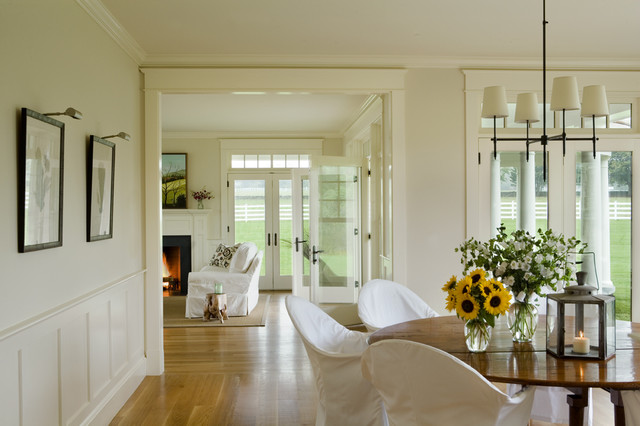A dining room serves multiple functions beyond just a place for meals. It is a gathering space for family stories, homework sessions, parties, and sometimes even a home office. Designing this essential space requires thoughtful consideration of its functions, the furniture, color palettes, and lighting. Here’s a comprehensive guide to help you create a perfect dining room.
1. Dining Table That Tells Tales
- Shape and Size:
- Rectangular Table: Ideal for larger families and spacious rooms. Can seat six to eight people.
- Square, Round, Triangle Tables: Perfect for smaller rooms and fewer guests. These shapes can add a unique elegance to the space.
- Expandable Tables: Suitable for those who occasionally host large groups. Table leaves can be added as needed.
- Material:
- Wood: Traditional and classy.
- Glass: Makes small spaces appear larger and lighter.
- Stone (Marble): Luxurious and elegant.
- Metal: Industrial and minimalist.
- Style:
- Traditional: Richly detailed and carved tables.
- Modern: Clean lines and sleek designs.
- Industrial: A mix of metal and wood.
2. Complement the Dining Table with the Right Chairs
- Design Style:
- Armchairs: Adds formality; best for the head and foot of the table.
- Armless Side Chairs: Comfortable for along the table or at its head.
- Parson Chairs: Versatile with straight backs and fully upholstered seats. Can be in linen, leather, fabric, or button-tufted.
- Material:
- Leather: Glamorous yet laid-back.
- Metal: Offers a touch of relaxed elegance.
- Wood: Timeless and suits traditional and rustic styles.
- Chair Back Styles:
- Keyhole Back: Modern and contemporary with a cut-out center.
- Oval-Backed: Traditional look.
- Slat Back: Can be Windsor style (fanned out vertical slats in a half-circle back) or Shaker style (simple vertical slats).
- Ladderback: Horizontal slats for an open look.
3. Additional Considerations
- Functional Spaces: Ensure the dining room accommodates various activities like homework, projects, and parties.
- Lighting: Adequate lighting is crucial. Consider a mix of ambient, task, and accent lighting to create the right atmosphere.
- Color Palettes: Choose colors that reflect your style and complement the furniture. Light colors can make the space feel larger, while darker tones add coziness and elegance.
- Accessories and Furnishings: Think about rugs, curtains, and artwork that enhance the overall design. Table runners, placemats, and centerpieces can add a personal touch.
By considering these elements, you can design a dining room that is not only functional but also a beautiful space where memories are made.





